Assam is one of the Seven Sister States of the North-East India. Known for its natural green charm, the never-ending monsoons and the warmth of the residents, Assamese architecture is naturally climate-oriented. The materials, the techniques, the designs and the landscape – every part of the architecture of Assamese houses reflect an age-old tradition based on climate as well as vernacular traditions.
So what are the special features of these Assamese homes which we can take a cue from? Let’s find out.
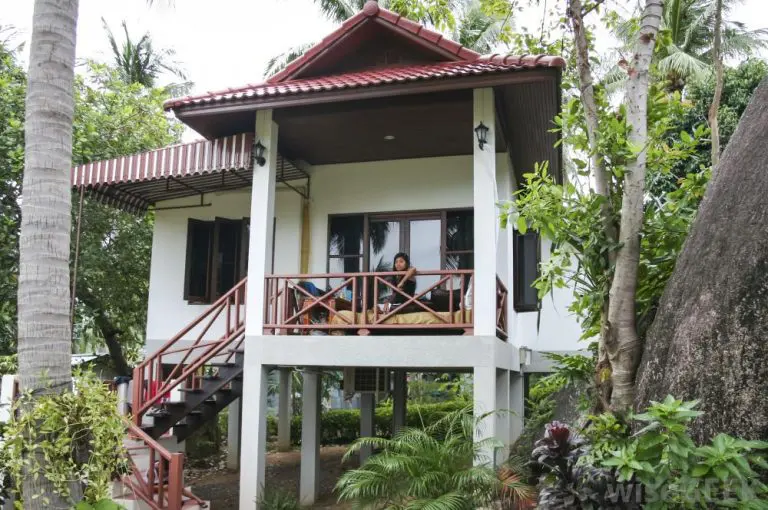
The Exteriors
The Assamese house, if you try to paint some imagination on the canvas of your mind, is a sloped roof structure with large windows. The number and size of windows is huge, so that more daylight and better ventilation is allowed inside. Assam is not inflicted by the scorch of the sun, so large windows of sill height about 60 cm are no big deal.
For your home too, you could have such large windows which increase the attractiveness of the facade to a great extent, provided it is not situated on the East and West facades, if you reside in the Northern plains so to say. Next, the facade showcases a play with different levels.
The facade is relied on as a matter of interest, because the houses on the site have to be planned very compactly, just like urban cities. Hence it is important to devote some attention to the building facade.
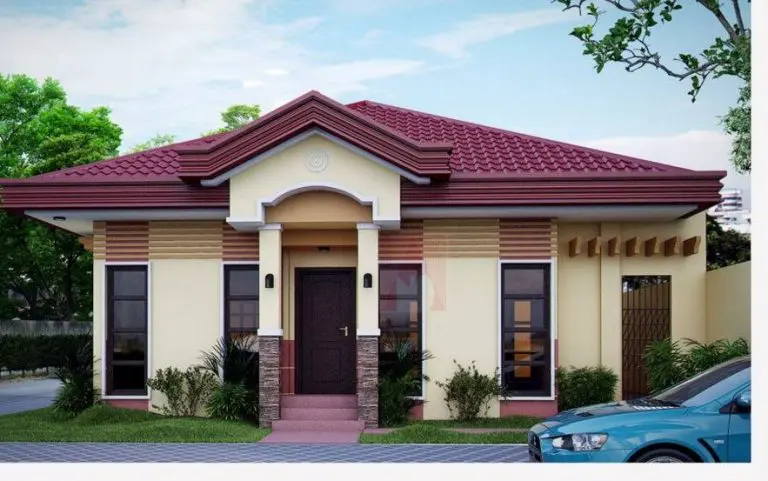
Entrance to the House
Assamese homes have open ends at both sides of the house, that is to say, dual entrances. The entrance opens directly into the street. The reason is that Assamese homes are created to create a social hub among neighbours and visitors and weave a close-knit community.
Don’t we need this in our homes too? The essence of cultural and social well-being is well highlighted in the Assamese home. Usually, about ten metres of space is left open in front of the house, and this space is developed as a kitchen garden for the family, where they cultivate for their own needs. The family structure in Assamese homes is generally jointed.
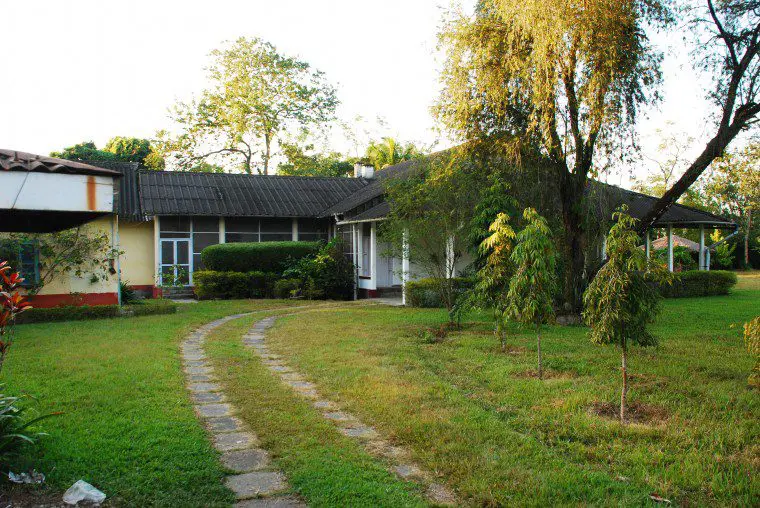
Floor Levels
Assamese houses can be seen as a play with floor levels. To prevent rain and flood water from seeping into the interiors, several traditional Assamese houses are built on stilts. The plinth level of the house is usually kept high. Such a technique is quite appropriate for the city life if you wish to avoid roadside dust from entering your house, or if your house is situated on a lowland by the river. Air and light circulation is highly improved and the setting of the foundation is hereby eased.
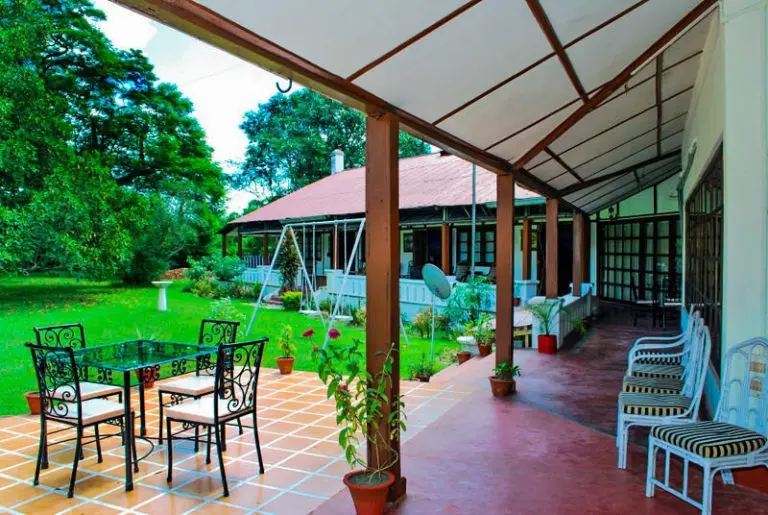
The Materials
The chief requisite when it comes to constructing a vernacular Assamese house is keeping the form as lightweight as possible. The reason is that Assam is frequently inflicted by seismic occurrences and landslides.
The need of the hour, hence, is to minimize destruction and mishap by providing lightweight renewable materials for the structure. Bamboo, a locally abundant material, fits the spot undeniably.
The roofs are sloped and timber is a common material used in combination with metal sheets. With the rustic look and feel of a timber and bamboo house, don’t you also wish to have a little cottage inspired from Assamese architecture, somewhere amidst the greens? Not to mention, bamboo is a very strong material of construction, rendering structures highly durable and termite free.
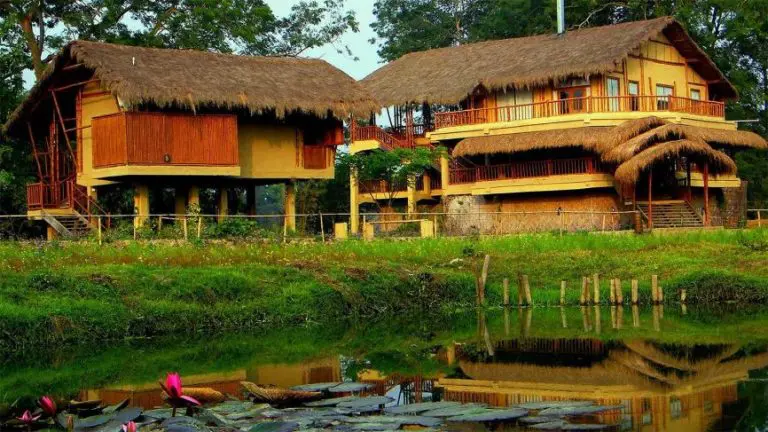
Ikra Panels of Construction
Ikra is a popular method of construction in Assamese homes wherein reeds are used in conjunction with materials like mud or adobe for the construction of walls. It is not a practice of today; Ikra form of construction has been in practice for the past two hundred years or so.
Modern homes, such as yours, can incorporate Ikra panels in parts of the houses, in conjunction with techniques suited to the modernity of the house. The texture can be played with too, and this would leave you with a faced of high attention value.
Handicrafts for Interiors
Handicrafts weaved out of caner and bamboo is a very popular decor item for the Assamese homes and they beautifully integrate with the bamboo and timber house. Besides being considered special because they are handmade, these furnishings are very attractive visually and attract buyers from all around the world.
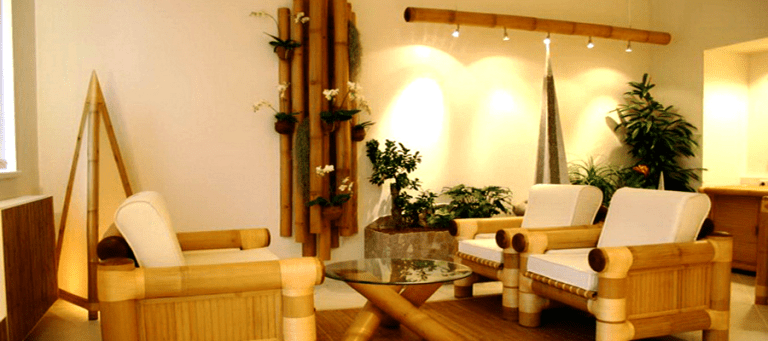
Be it furniture or baskets, showpieces or cloth – the Seven Sister States use handcrafted goods for all purposes, and that’s what adds to their visual appeal.
Jaapi
Jaapi, a traditional form of handicraft made by tightly weaving bamboo, cane and leaves, has been used in Assam for ages now. Jaapi was originally used by farmers in the region to serve as umbrellas during farming practices. Today, Jaapis are a major and one of the most attractive form of decor in the traditional Assamese house and, taking a cue from them, you could furnish them in your home too for an added effect of the hills.
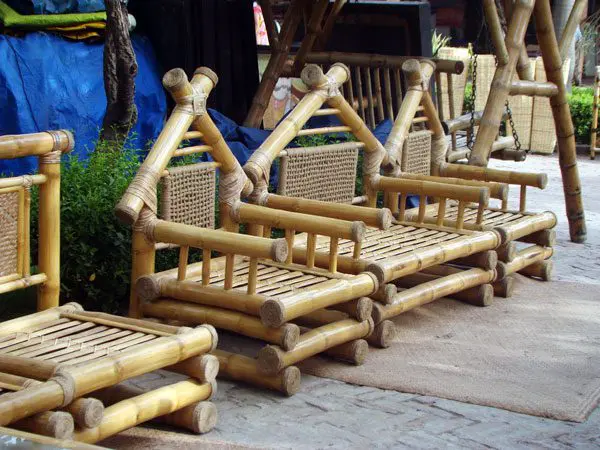
Furnishings
The traditional Assamese handlooms are incomparable when it comes to aesthetic beauty and unbeatable texture. The locals can be said to magically inherit the talent for weaving these handlooms.
Assam also holds recognition for the three different varieties of silk indigenous to the state, owing which several people put to use silk fabrics for their home furnishings.
The golden muga or the golden silk is one of the most famous varieties found exclusively in Assam. Bamboo mats, a common occurrence in Assamese homes are also traditionally woven by the women.
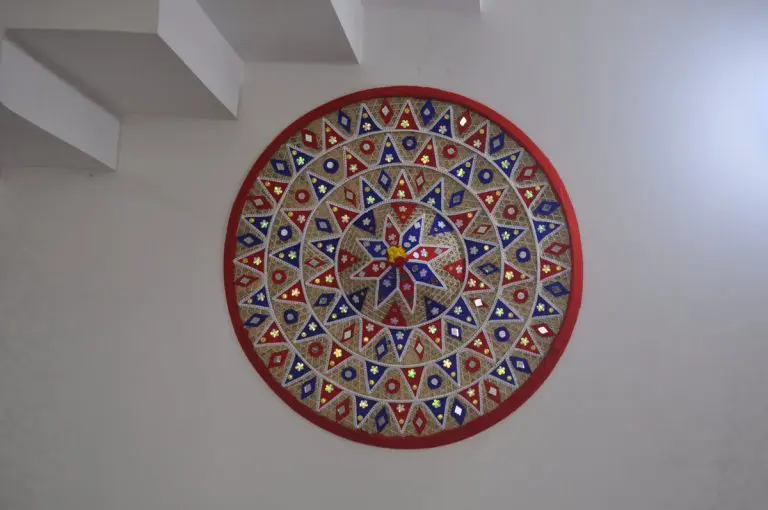
– Sourav Suman





